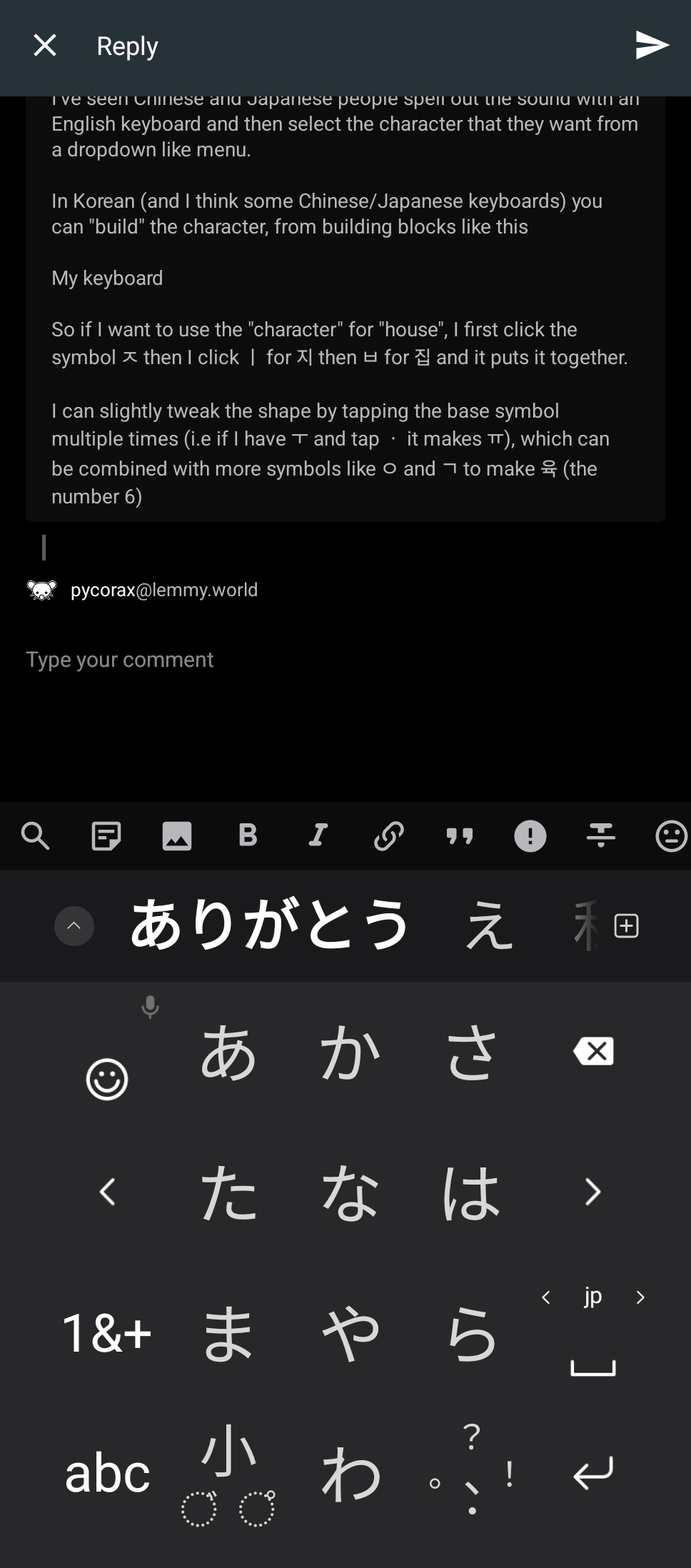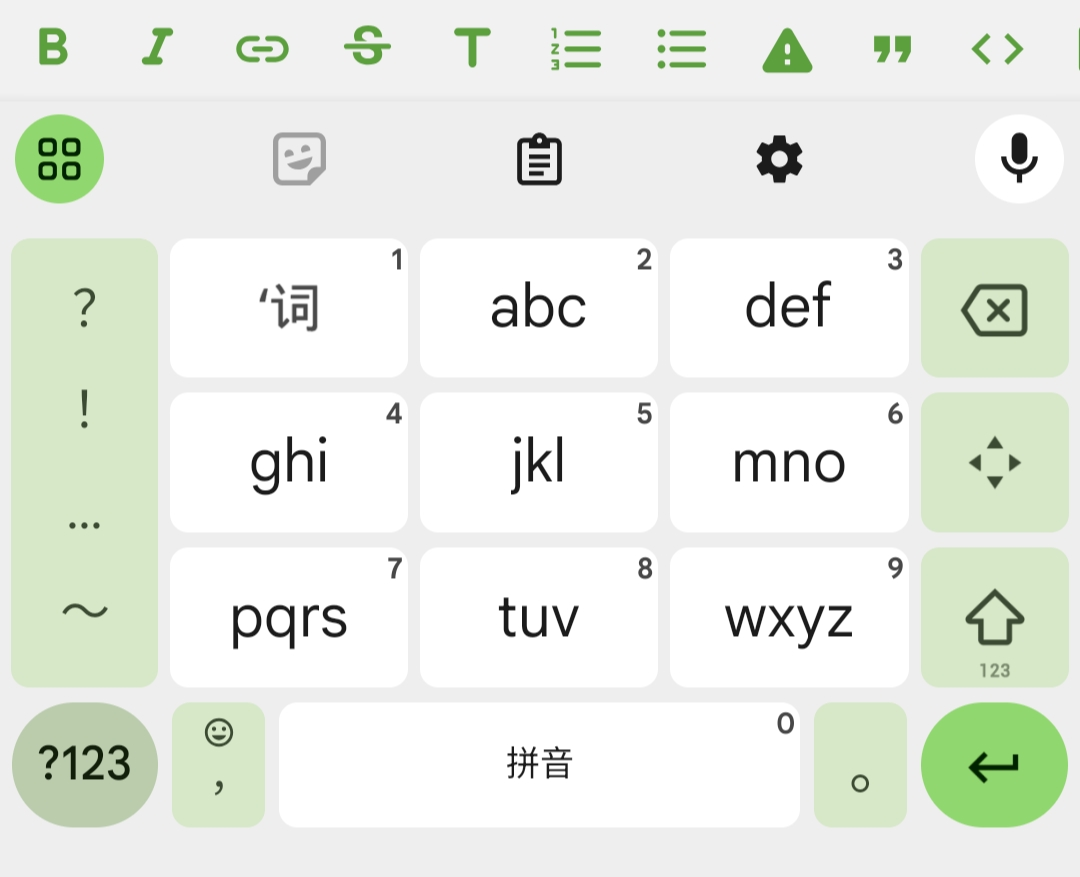BTW this is a hard problems, and its one very effective way the government installs keyloggers on many people
No Stupid Questions
No such thing. Ask away!
!nostupidquestions is a community dedicated to being helpful and answering each others' questions on various topics.
The rules for posting and commenting, besides the rules defined here for lemmy.world, are as follows:
Rules (interactive)
Rule 1- All posts must be legitimate questions. All post titles must include a question.
All posts must be legitimate questions, and all post titles must include a question. Questions that are joke or trolling questions, memes, song lyrics as title, etc. are not allowed here. See Rule 6 for all exceptions.
Rule 2- Your question subject cannot be illegal or NSFW material.
Your question subject cannot be illegal or NSFW material. You will be warned first, banned second.
Rule 3- Do not seek mental, medical and professional help here.
Do not seek mental, medical and professional help here. Breaking this rule will not get you or your post removed, but it will put you at risk, and possibly in danger.
Rule 4- No self promotion or upvote-farming of any kind.
That's it.
Rule 5- No baiting or sealioning or promoting an agenda.
Questions which, instead of being of an innocuous nature, are specifically intended (based on reports and in the opinion of our crack moderation team) to bait users into ideological wars on charged political topics will be removed and the authors warned - or banned - depending on severity.
Rule 6- Regarding META posts and joke questions.
Provided it is about the community itself, you may post non-question posts using the [META] tag on your post title.
On fridays, you are allowed to post meme and troll questions, on the condition that it's in text format only, and conforms with our other rules. These posts MUST include the [NSQ Friday] tag in their title.
If you post a serious question on friday and are looking only for legitimate answers, then please include the [Serious] tag on your post. Irrelevant replies will then be removed by moderators.
Rule 7- You can't intentionally annoy, mock, or harass other members.
If you intentionally annoy, mock, harass, or discriminate against any individual member, you will be removed.
Likewise, if you are a member, sympathiser or a resemblant of a movement that is known to largely hate, mock, discriminate against, and/or want to take lives of a group of people, and you were provably vocal about your hate, then you will be banned on sight.
Rule 8- All comments should try to stay relevant to their parent content.
Rule 9- Reposts from other platforms are not allowed.
Let everyone have their own content.
Rule 10- Majority of bots aren't allowed to participate here. This includes using AI responses and summaries.
Credits
Our breathtaking icon was bestowed upon us by @Cevilia!
The greatest banner of all time: by @TheOneWithTheHair!
Is there some kind of algorithmic key pressing magic that goes on in order to produce said characters
The umbrella term for the software used for East Asian Language input is "Input Method Editor." IMEs exist for languages besides CJK also, such as for Vietnamese. Wikipedia article: https://en.wikipedia.org/wiki/Input_method
Chinese characters' pronunciations are expressed using the Latin alphabet with accents for tone (for example tóng xué for 同学, or classmate). Therefore modern Chinese typing is done via normal Latin keyboards by typing the pronunciation (without tones because that's a pain) and choosing between the keyboard's different guesses for what you intended to write. For example to say "I want a cake" I'd type "woyaogedangao" and get 我要个蛋糕. This is the Pinyin system, which is used in mainland China among others. Taiwan uses a different system and I don't know how they type with it.
Source: Am learning Chinese.
How's learning Chinese going? It's a beautiful language I'd love to learn someday. I'm trying to learn Esperanto and Spanish. Any advice for someone learning a language?
You gotta interact with that language, both in spoken and written (the former is more effective but the latter is more accessible) forms. Of course studying grammar and vocabulary is important, but it's in the end a stepping stone so you can comprehend native content. Admittedly I have no idea if there's even something like native Esperanto content, but yeah that's the gist of it. It's also best if the content you're consuming is something you actually enjoy. I for example learned English from memes on Facebook and then Reddit, and learned Japanese from anime and light novels. Something to take into consideration is the n+1 rule, which says that when consuming content of a language you're trying to learn, you should pick something where you can generally understand all words except one in a sentence. This allows you to use context clues to understand unknown words and makes the whole process more effective.
Also something to note is that learning two languages at once is, in my experience, not a good idea. They'll start mixing and pronunciation rules for one will leak into another and generally cause a headache that's probably not worth it.
PS: I keep saying consume because I'm too awkward to talk to native speakers, but that's also a good option from what I hear.
I assume the same way I type in Japanese: regular qwerty keyboard and phonetically. Space key lets you change between characters
Now that they type out characters phonetically, a lot of people don't remember Chinese characters any more, even though they can still mostly read them, which is starting to be a new problem over there.
There is over 20k characters and most people know or use like 2 or 3k of them. Educated Chinese know like 6k on average. And it seems every decade the number goes down.
Curious what it's evolving into.
Illiteracy possibly. Almost certainly more people will be less able to read older texts.
If that's going to happen anyway, they could do worse than adopt Pinyin or some variant of it. Or they might prefer something like Bopomofo if they don't want to use Western characters for whatever reason.
Either way, any decision like that is likely to be 20-30 years away at minimum, and that's assuming literacy rates start going down, which they might not. I doubt Xi gives it any thought at all.
Pinyin. They also have fancy keyboards with only 9 buttons and predictive text.
Also a great way to install keylogging apps
Like gboard?
Like the ones sexy cyborg exposed before she was brought in for a tea chat
Is it like a stenotype?
I've seen Chinese and Japanese people spell out the sound with an English keyboard and then select the character that they want from a dropdown like menu.
In Korean (and I think some Chinese/Japanese keyboards) you can "build" the character, from building blocks like this

So if I want to use the "character" for "house", I first click the symbol ㅈ then I click ㅣ for 지 then ㅂ for 집 and it puts it together.
I can slightly tweak the shape by tapping the base symbol multiple times (i.e if I have ㅜ and tap ㆍ it makes ㅠ), which can be combined with more symbols like ㅇ and ㄱ to make 육 (the number 6)
Hangul doesnt work the same way since each character is a letter. The blocks are syllables and are automatic using rules.
In Korean (and I think some Chinese/Japanese keyboards) you can "build" the character, from building blocks like this
I'd say you're not building the character, but typing in the characters one by one.
집, as you know from typing it, is three characters in one. All three components are distinct. They can't stand alone, but that's not much different than "c" not really being able to stand alone in English. (If we refer to the letter C, we often capitalize it)
In Japanese, people can easily type in Hiragana (their "alphabet"), and the Kanji can be suggested like with autocorrect. The sound is the same, but the visual is different.
Chinese is a different beast because they don't have an "alphabet" of "letters" the ways that Korean and Japanese do.
(They're not "alphabets", but they do have elements that are much closer to letters than Chinese does)
Japanese is kind of similar. Although usually native speakers do not use an English keyboard. They use this:

Since Japanese has 5 vowels, each key here represents a consonant and can actually enter any of the 5 vowels by either tapping on it or flicking up, down, left or right on it. Once you've built the word you're trying to write, you can tap on the auto suggested kanji or katakana or leave it as is in hiragana.
The exception is the bottom left and right keys which are for alternative consonants (I'm not sure the actual linguistic term) and punctuation which have fewer options but work similarly.
So if I'm writing the character for home, I'd flick the button toy he right of the emoji button left for い and then right for え. Once I have both hiragana characters, I just need to tap on the 家 character that appears above the keyboard.
Reminds me of whatever this is

T9
I was using a keyboard for it for a while a couple months ago but when back to a keyboard due to missing features.
So, a half remembered Radiolab episode or maybe it was 99% Invisible talked about this. If I remember rightly they did consider changing it because it was so much quicker and easier typing in English and Chinese character set takes up a lot of storage which was a big deal in early computers. Until someone figured they could break down all the Chinese characters into a much smaller selection of base shapes. So you could make a character by pressing a small selection of keys. So it meant a much more manageable keyboard. I think it's even resulted in quick Chinese typists being faster than English ones.
Maybe that’s what I was thinking of. The title is Wubi but I couldn’t remember the show.
There are a handful of methods of input pinyin is taught in China and Zhuyin is taught in Taiwan.
Pinyin is romanized and much easier to learn in my opinion but mashes similar sounds together in a confusing way that isn’t obvious. Zhuyin uses a Chinese derives writing system and is more accurate towards how it’s pronounced but a little more difficult to learn especially for foreigners.
There’s a good podcast episode, maybe overheard at National Geographic on the wubi method and why the creator thinks it’s the best. Essentially pre-pinyin this genius guy came up with another method of input that even today is the fasted way to input Chinese but not as easy to learn as pinyin. Pinyin also carries over some ideological baggage as China wants everyone to learn the same first language at least so the main method of learning and input is pinyin. This is annoying for dialect speakers who have to type pinyin even when the pronunciation is off like Sichuanese or not even the same language like Cantonese.
Personally pinyin is a genius system that makes the language very easy but it can also be too much of a crutch for foreigners.
Isn't Pinyin a romanisation method, i.e. writing Chinese using the Latin alphabet instead of Chinese glyphs?
Yes!
Is it used also for communication? I only know it's being used for transcription of official documents like passports or addresses.
It’s only to input characters no one writes only pinyin except for foreigners
Ah ok. Now I understand.